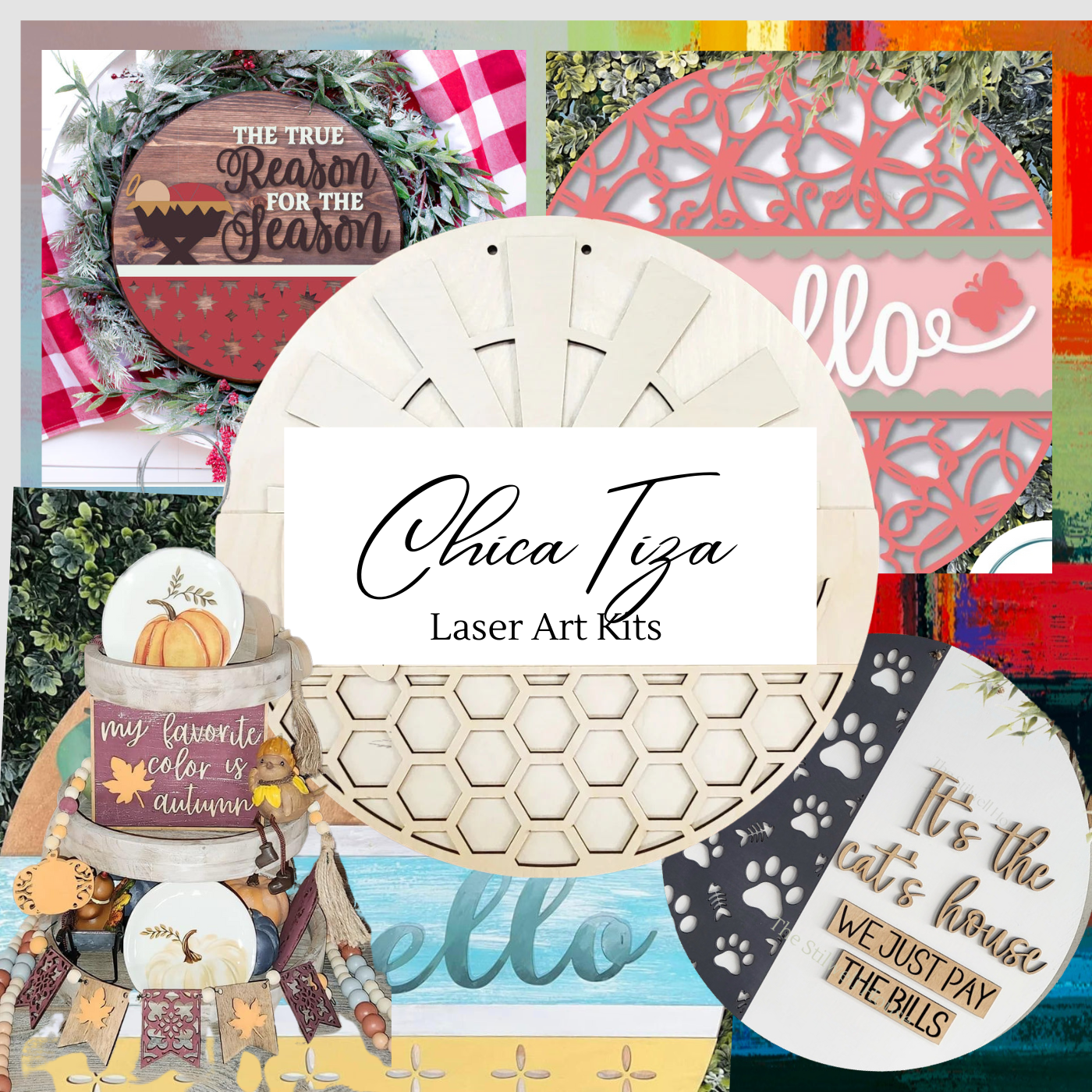ArtisanEnhancement Crackle Tex
Artisan Enhancements™ Crackle Tex
Crackle Tex is a thick bodied crackle medium used to create crackle techniques and textures when layered with water-based paints and plasters. Crackle Tex can be used to reproduce the look of authentically aged weathered paint and/or plaster. For heavier and rustic finishes, Crackle Tex can be used to achieve chunky and chipped paint effects. Great for a variety of interior applications and surfaces such as: furniture, cabinetry, decorative arts, and walls. Formulated with advanced chemistry – Crackle Tex is non-toxic, zero VOC, and eco-friendly!
Use: Reproduce the look of aged, weathered paint and/or plaster. Crackle Tex can be used to achieve chunky and chipped effects. Great for a variety of interior applications and surfaces such as: furniture, cabinetry, decorative arts, and walls. Coverage- Varies based on application.
Prep: Review tip sheets online or visit your local retailer for additional detailed instructions. Surfaces should be free of cleaner residue, dust, dirt, and debris. If painting a basecoat, paint should be completely dry before applying Crackle Tex. Porous or untreated surfaces may need to be sealed with Artisan Enhancements™ Clear Topcoat prior to Crackle Tex application.
Recommended Application: Stir before use – Do not shake. Brush/roll-on a liberal coat of Crackle Tex to a prepared or base painted surface. Avoid over brushing or over working Crackle Tex layer. Crackle Tex goes on “milky”, but when fully dry should be clear. Once completely dry, apply a topcoat layer of paint or plaster over the Crackle Tex layer. Do not over work or over brush paint layer. As the topcoat of paint/plaster begins to dry, cracks will appear. For subtle cracked weathered paint techniques- Use a brush or roller to apply the paint topcoat. To achieve a textured chipped crackle paint effect- Before topcoat layer of paint is fully dry, use a sea sponge or damp cloth to manipulate paint as cracks begin to appear. For easy plaster applications- Use a Color Shaper or a trowel to apply plaster topcoat for thick and heavy crackled finishes.
Dry Time: Do not apply product when air and surface temperatures are below 50°F (10°C). Crackle Tex layer must be completely dry and clear before adding topcoat layer of paint over Crackle Tex. If adding more layers of paint, plaster, glaze, or a color wash – once crackle layer of paint is dry, a thin layer of Artisan Enhancements™ Clear Topcoat may be needed to protect the crackle paint/plaster layer from reopening with moisture. Allow topcoat layers to dry overnight before applying additional layers or sealer. Dry times between layers may be extended due to number of coats/layers, humidity, and cooler temperatures.
Seal: Seal with Artisan Enhancements™ sealers or wax.
Care/Cleanup: Surface Care: Clean with a dry or damp soft microfiber cloth. Avoid excessive exposure to moisture. Avoid cleaning with harsh, caustic, or abrasive cleaners. Clean up & Storage: Easy clean up with soap and water. Seal the container tightly. Do not freeze or expose to direct sunlight/extreme heat. RECYCLE CONTAINERS in accordance with local laws
Crackle Tex FAQ:
Note: If creating a multi layered finish - adding more layers of paint, plaster, glaze, or a color wash - once crackle layer of paint is dry, a thin layer of Artisan Enhancements™ Clear Topcoat may be needed to protect the crackle paint/plaster layer from reopening with moisture.
- Crackle Tex was not completely dry before applying paint. Make sure Crackle Tex is completely dry before applying topcoat of paint.
- Paint was too wet when the chipping technique was started. Do not start chipping effect until small cracks begin to appear. The paint should be damp and moist but not wet.
- Excessive water was introduced either from the sponge/rag tool being used to create the chip effect. Always start with a dry sea sponge or rags, only lightly spritz them if the paint is being stubborn.
Note: After opening and exposure to air, Crackle Tex can become thicker over time due to some evaporation. Always make sure to close containers tightly after each use to maintain consistency.
- The surface below paint or Crackle Tex was not sealed or was raw. Porous surfaces like stone or raw wood are “thirsty”. These types of surfaces absorb too much of the crackle medium resulting in less pronounced or absent crackle effects. We recommend sealing thirsty surfaces with Clear Topcoat Sealer prior to painting or applying Crackle Tex.
- A topcoat of paint or plaster has not been applied over the dried layer of Crackle Tex. Crackle Tex is a crackle medium that is sandwiched between a base layer and a topcoat layer of either plaster or paint. A topcoat of paint or plaster must be applied for cracks to appear.
- When applying the topcoat layer, the paint or plaster was applied too thin, too thick, or overworked. The best results are achieved with a medium load of paint or plaster – not too much but not too little. Once the paint or plaster is applied avoid over brushing and too much pressure which can lead to the covering of early appearing cracks.
- The type of paint or plaster formula used as the topcoat contains either too much acrylic, pigment, or matting agent. Crackle Tex works best with mineral and chalk style ultra-flat (matte) water-based paints. Light and medium colors produce the more defined and pronounced crackle patterns. Crackle Tex works best with VP Antico and Fine Stone. Both plasters are more porous and matte when dry making them ideal to layer with Crackle Tex.
For controlled crack patterns – Using a brush, apply Crackle Tex and paint layer in linear strokes. For irregular crack patterns- Using a brush, apply Crackle Tex and paint Layer in haphazard, cross hatching, strokes. For smaller irregular, “web-like”, crack patterns – Using a roller, apply Crackle Tex and paint using even linear strokes to avoid lap lines.
Crackle Tex is a crackle medium that is sandwiched between a base layer and a topcoat layer of either plaster or paint.
Crackle Tex works best with mineral and chalk style ultra-flat (matte) water-based paints. However, some paints contain a higher concentration of matting agent or acrylic resin. Both can change the end result of the crackle pattern. Cracks may appear but may not be as pronounced. Light and medium colors produce more defined and pronounced crackle patterns. Darker more saturated colors can occasionally be more difficult to crack due to higher concentrations of pigments. Cracks may appear but may not be as pronounced.
Crackle Tex works best with VP Antico and Fine Stone. Both plasters are more porous and matte when dry making them ideal to layer with Crackle Tex.
Small 8oz (237ml), Medium 16 oz (473ml), Large 32oz (957ml)
BrandArtisan Enhancements

